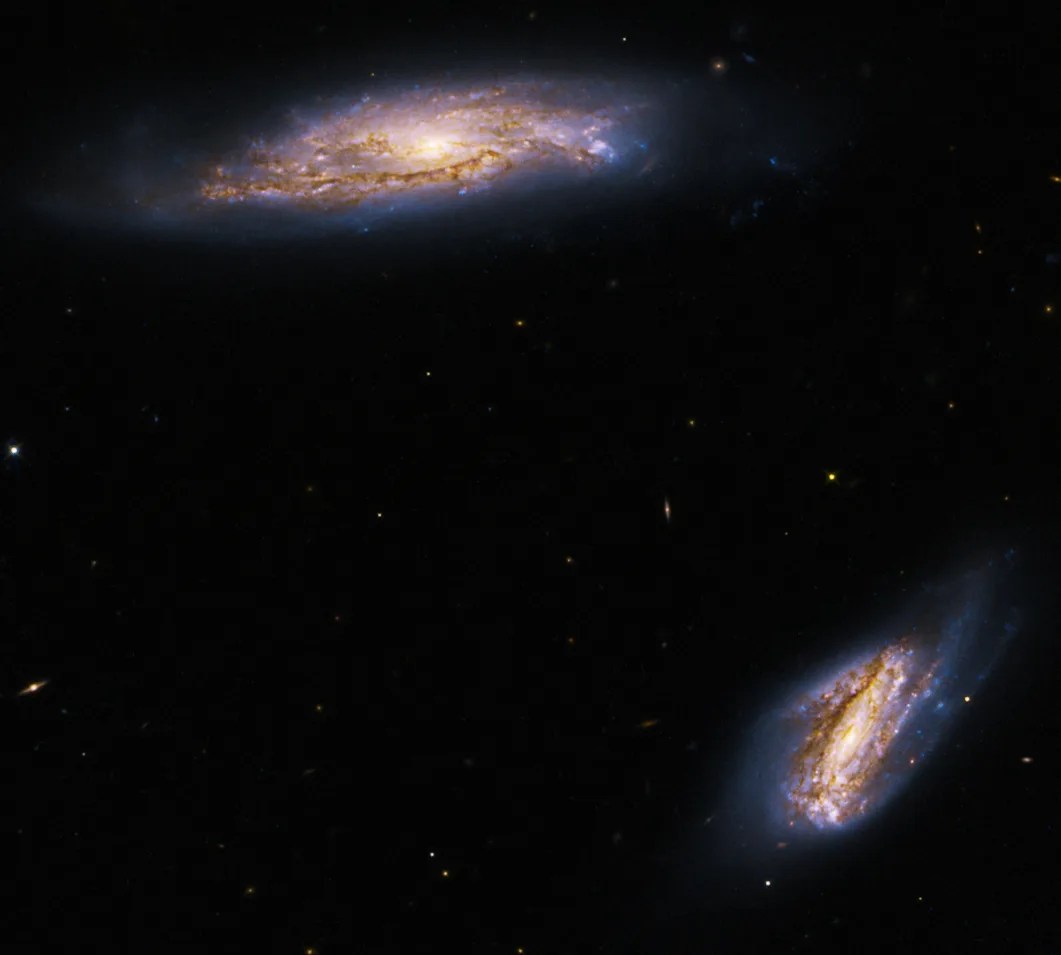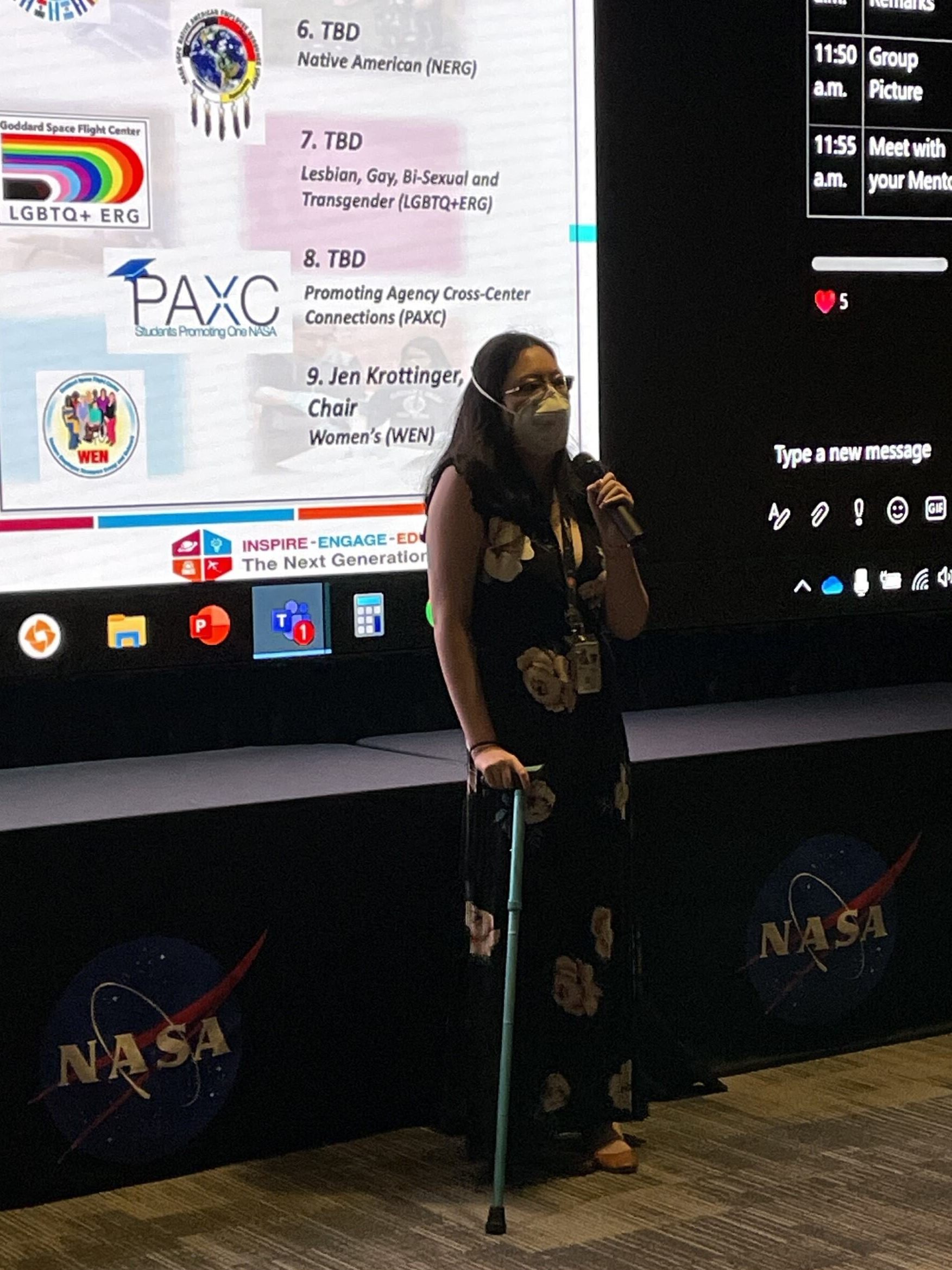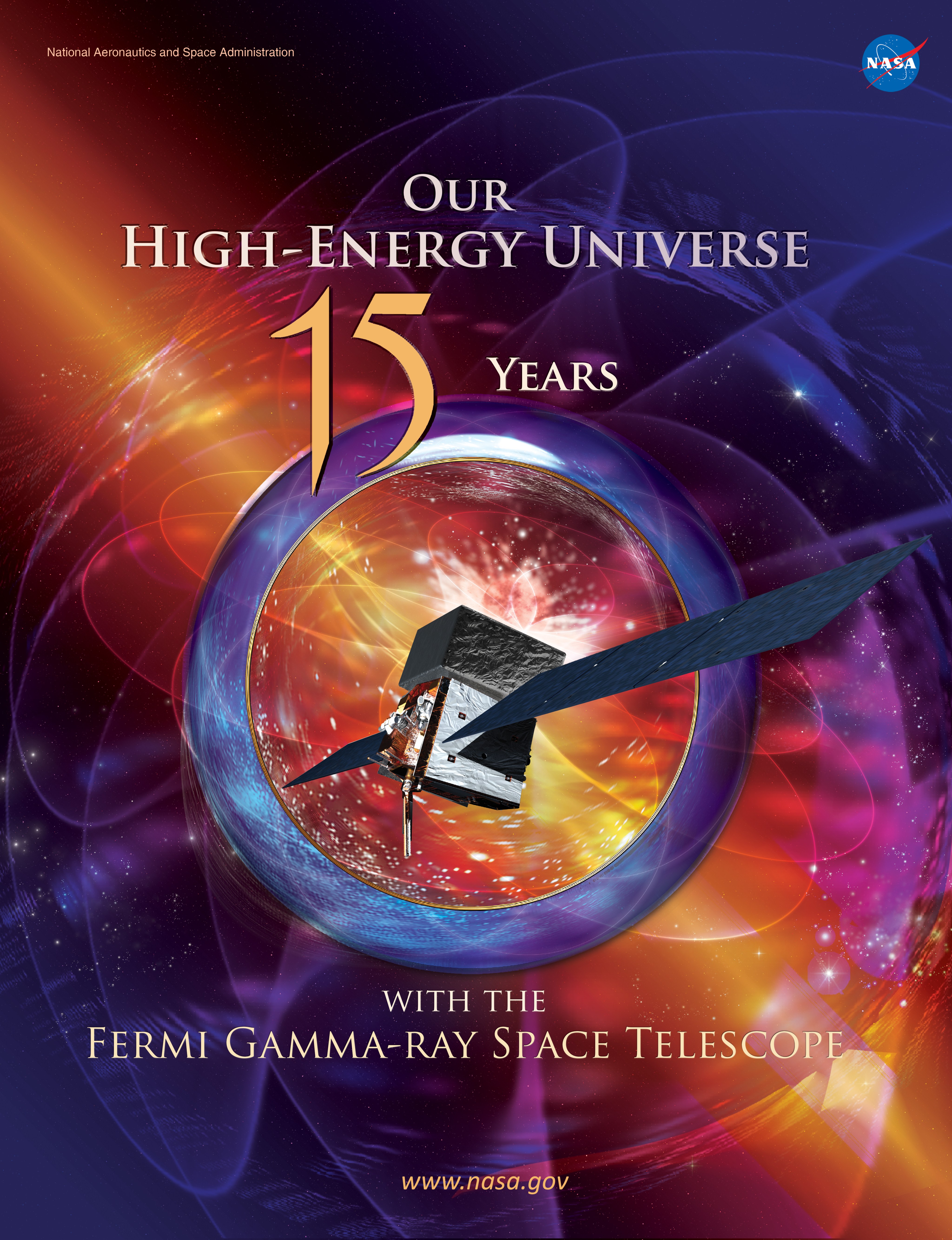1 min read

This new image from NASA’s Hubble Space Telescope looks at two spiral galaxies, collectively known as Arp 303. The pair, individually called IC 563 (bottom right) and IC 564 (top left), are 275 million light-years away in the direction of the constellation Sextans.
The image holds data from two separate Hubble observations of Arp 303. The first used Hubble’s Wide Field Camera 3 (WFC3) to study the pair’s clumpy star-forming regions in infrared light. Galaxies like IC 563 and IC 564 are very bright at infrared wavelengths and host many bright star-forming regions.
The second used Hubble’s Advanced Camera for Surveys (ACS) to take quick looks at bright, interesting galaxies across the sky. The observations filled gaps in Hubble’s archive and looked for promising candidates that Hubble, the James Webb Space Telescope, and other telescopes could study further.
The colors red, orange, and green represent infrared wavelengths taken with WFC3, and the color blue represents ACS visible light data.
Media Contacts:
Claire Andreoli
NASA's Goddard Space Flight Center
301-286-1940







